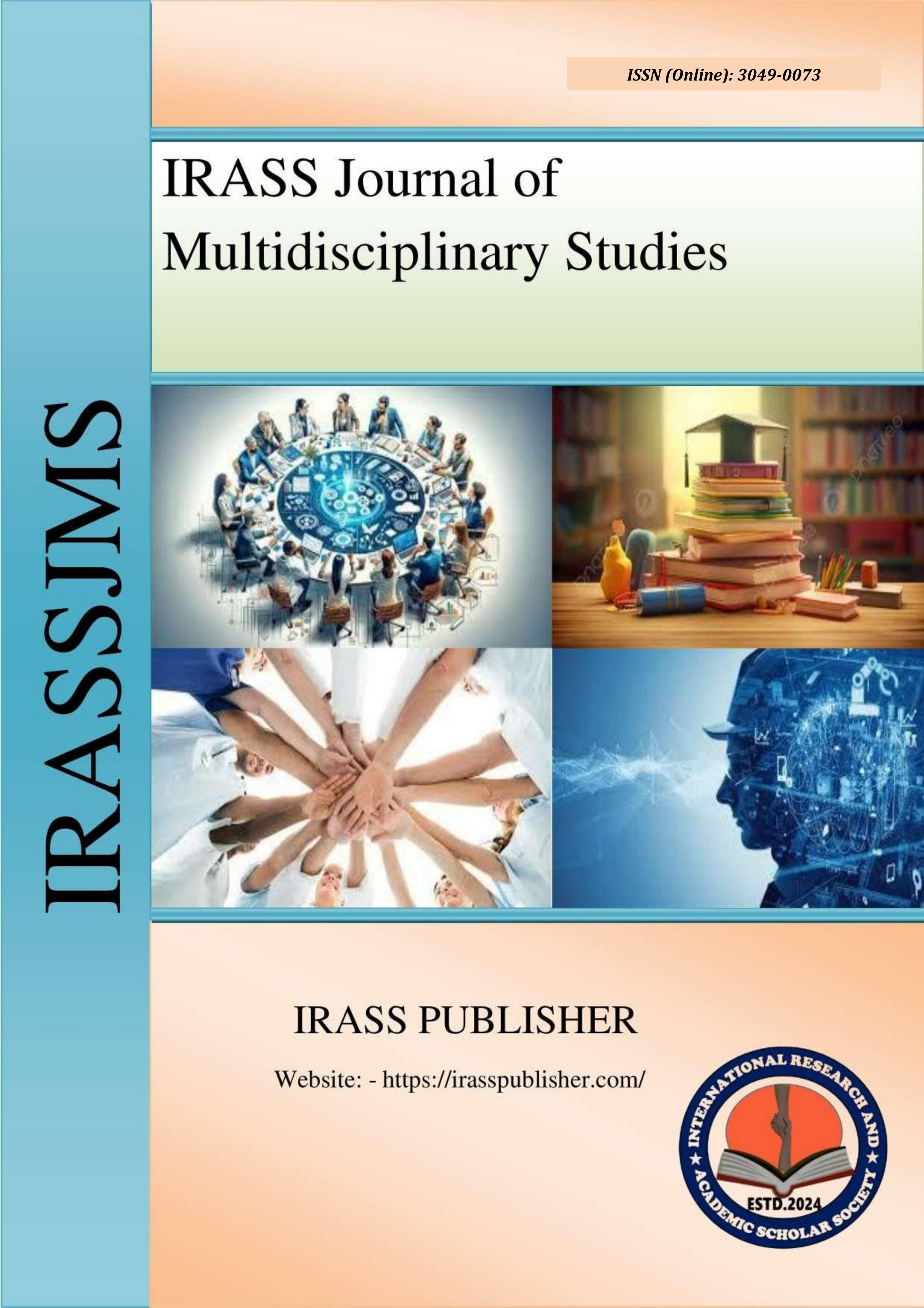Complete Atrioventricular Canal Defect with Multiple Atrial Septal Defects: Rare case report and review of literature
Sr No:
Page No:
15-21
Language:
English
Authors:
Akhil Mehrotra*, Mohammad Shaban, Anjali Chouhan, Faiz Illahi Siddiqui
Received:
2025-07-10
Accepted:
2025-07-28
Published Date:
2025-08-01
GoogleScholar:
Click here
Abstract:
Complete atrioventricular canal defect (CAVCD), also referred to as complete
atrioventricular septal defect, is characterized by an ostium primum atrial septal defect, a
common atrioventricular valve and a variable deficiency of the ventricular septum inflow.
CAVCD is an uncommon congenital heart disease, accounting for about 3% of cardiac
malformations. CAVCD occurs in two out of every 10,000 live births. Both sexes are equally
affected and there is a striking association with Down syndrome. Depending on the morphology
of the superior leaflet of the common atrioventricular valve, 3 types of CAVCD have been
delineated (type A, B and C, according to Rastelli's classification). CAVCD results in a
significant interatrial and interventricular systemic-to-pulmonary shunt, thus inducing right
ventricular pressure and volume overload and pulmonary hypertension. It becomes symptomatic
in infancy due to congestive heart failure and failure to thrive.
We are reporting a rare case of CAVCD with multiple atrial septal defects (MASD) in a two
month old female infant detected by color doppler transthoracic echocardiography (TTE). To our
knowledge this is a singular case report of CAVCD in association with MASD.
Keywords:
Complete atrioventricular canal defect, CAVCD, Multihole atrial septal defect, Rastelli classification, Cyanotic congenital heart disease.
Journal: IRASS Journal of Multidisciplinary Studies
ISSN(Online): 3049-0073
Publisher: IRASS Publisher
Frequency:
Monthly
Language:
English

